When it comes to calf training, two of the most popular exercises you’ll come across are the seated calf raise and the standing calf raise. Both movements target the calf muscles, but they do so in slightly different ways, and choosing between the two can depend on your fitness goals, body type, and training preferences. In this article, we’ll dive deep into both exercises to help you understand their differences, benefits, and how to incorporate them into your routine for maximum results.
Understanding the Calf Muscles
Before we compare seated and standing calf raises, it's important to understand the anatomy of the calf muscles. The calf is made up of two primary muscles:
- Gastrocnemius: This is the larger, more visible muscle that runs along the back of the lower leg. It crosses both the knee and the ankle, and is responsible for the explosive push-off during activities like running and jumping.
- Soleus: Located beneath the gastrocnemius, the soleus is involved primarily in stabilizing the lower leg during activities like walking and standing. Unlike the gastrocnemius, the soleus doesn’t cross the knee joint.
Seated Calf Raise
How It’s Done:
In the seated calf raise, you sit on a machine with a padded bar across your knees. Your feet are placed on a platform with your heels hanging off, and you perform the movement by raising your heels up as high as possible, contracting your calves, before lowering back down.
Targeted Muscles:
The seated calf raise primarily targets the soleus. Since the knees are bent during this movement, it reduces the involvement of the gastrocnemius and isolates the soleus more effectively.
Benefits:
- Soleus Activation: This exercise is excellent for hitting the soleus, which can sometimes be neglected during standing calf raises. Building up the soleus muscle is key for developing calf thickness and lower leg endurance.
- Great for Isolation: If you’re looking to isolate the calves without engaging the upper legs, the seated calf raise is a great choice.
- Less Stress on the Knees: The seated position helps reduce the strain on your knee joints, making it a good option if you have knee pain or discomfort.
When to Include It:
- If you want to focus on overall calf development and target the soleus.
- If you’re recovering from an injury and need a low-impact option.
- If you’ve plateaued with standing calf raises and want to vary your routine for continued growth.
Standing Calf Raise
How It’s Done:
In the standing calf raise, you stand upright on a calf raise machine or a raised surface like a step, with your feet shoulder-width apart. By pushing through the balls of your feet, you raise your heels as high as possible, then lower them back down, feeling the stretch in your calves at the bottom.
Targeted Muscles:
The standing calf raise primarily targets the gastrocnemius. The extended knee position allows for a greater stretch and contraction in the gastrocnemius, which is the muscle responsible for the more prominent, "bulging" appearance of the calves.
Benefits:
- Gastrocnemius Activation: This exercise emphasizes the upper calf muscle, making it the go-to for developing that "full" calf look. It’s particularly effective for building muscle mass in the visible part of the calf.
- Improved Overall Calf Strength: Standing calf raises also engage the soleus to some extent, but they primarily help improve strength and size in the gastrocnemius, which plays a key role in explosive movements like sprinting.
- Functional Movement: Since this movement mimics the natural action of walking, running, or jumping, it can translate to real-world strength and performance.
When to Include It:
- If you want to focus on building calf size and mass.
- If your goal is to enhance athletic performance, particularly in sports that involve running or jumping.
- As part of a more dynamic lower-body workout routine.
Key Differences Between Seated and Standing Calf Raises
| Seated Calf Raise | Standing Calf Raise |
|---|---|
| Primarily targets the soleus | Primarily targets the gastrocnemius |
| Done in a seated position with knees bent | Done while standing with knees extended |
| Great for calf thickness and endurance | Great for calf height and strength |
| Easier on the knees | More functional and sports-specific |
Which One Should You Choose?
In truth, both exercises have their place in a well-rounded calf training routine. If you want to maximize calf development, it's best to incorporate both seated and standing calf raises into your workout plan. Here’s a general approach:
- For Balanced Calf Development: Perform both seated and standing calf raises in your workout. This ensures that you’re developing both the soleus (for thickness) and the gastrocnemius (for height and shape).
- For Athletes and Explosive Movements: If you're focusing on improving athletic performance or explosive movements like running and jumping, prioritize standing calf raises.
- For Muscle Isolation: If you're aiming to really isolate the calves, particularly the soleus, then seated calf raises are the way to go.
Tips for Maximizing Results
- Full Range of Motion: Whether you're doing seated or standing calf raises, make sure you are using a full range of motion. Lower your heels as far as possible to stretch the calves and raise them as high as you can to fully contract the muscles.
- Controlled Tempo: Avoid bouncing or rushing through the movement. A slow, controlled tempo ensures that the calves are under tension for longer, promoting muscle growth.
- Gradual Progression: Start with a moderate weight and progressively increase the load as you get stronger. Your calves, like any other muscle group, respond to gradual increases in resistance.
Conclusion
Both seated and standing calf raises have unique benefits and can help you achieve different aspects of calf development. By incorporating both into your workout routine, you can target both the soleus and gastrocnemius, resulting in fuller, more defined calves. The key is consistency, progressive overload, and ensuring proper form to maximize muscle activation and growth.

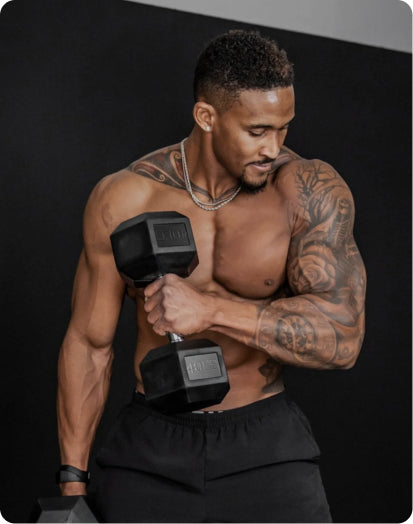
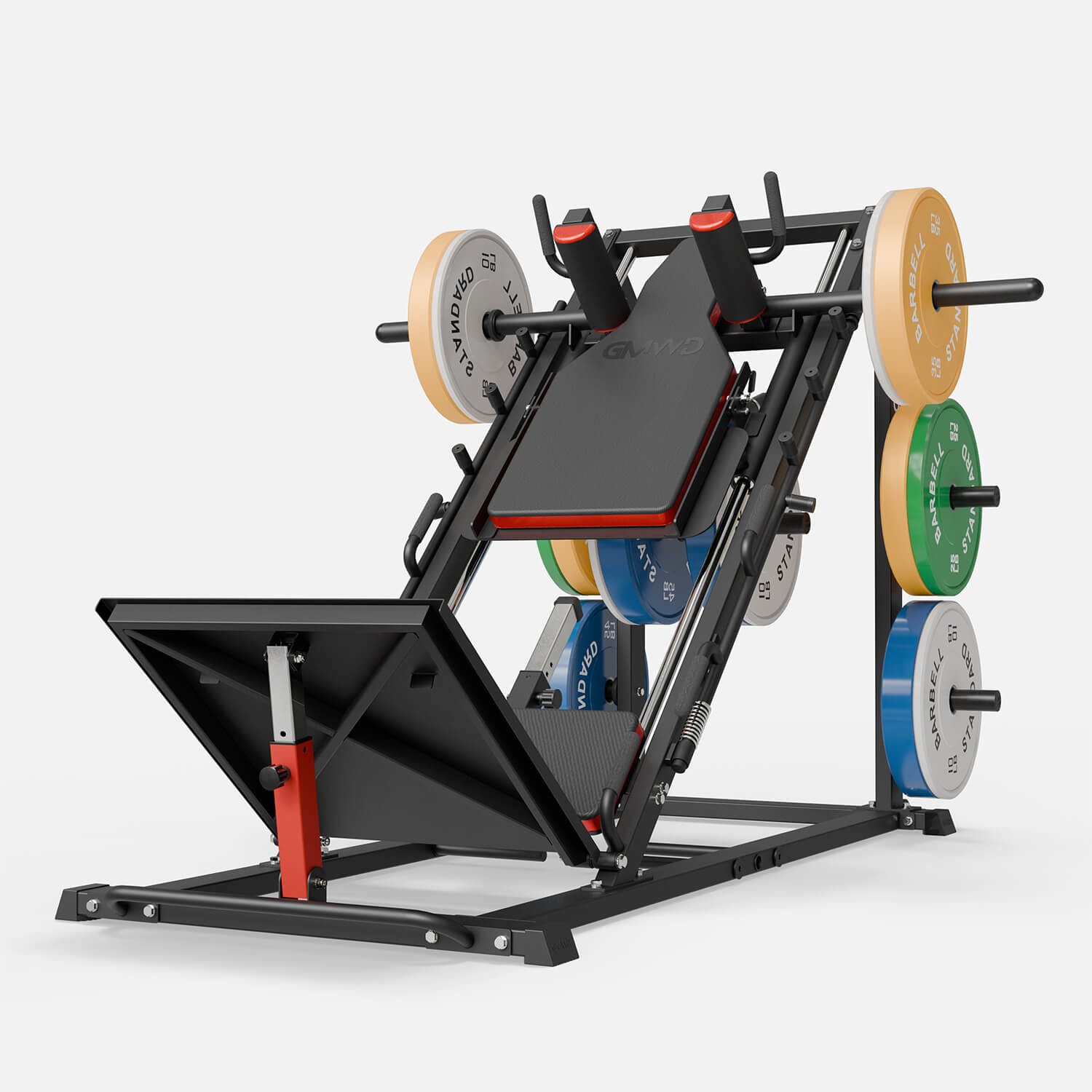
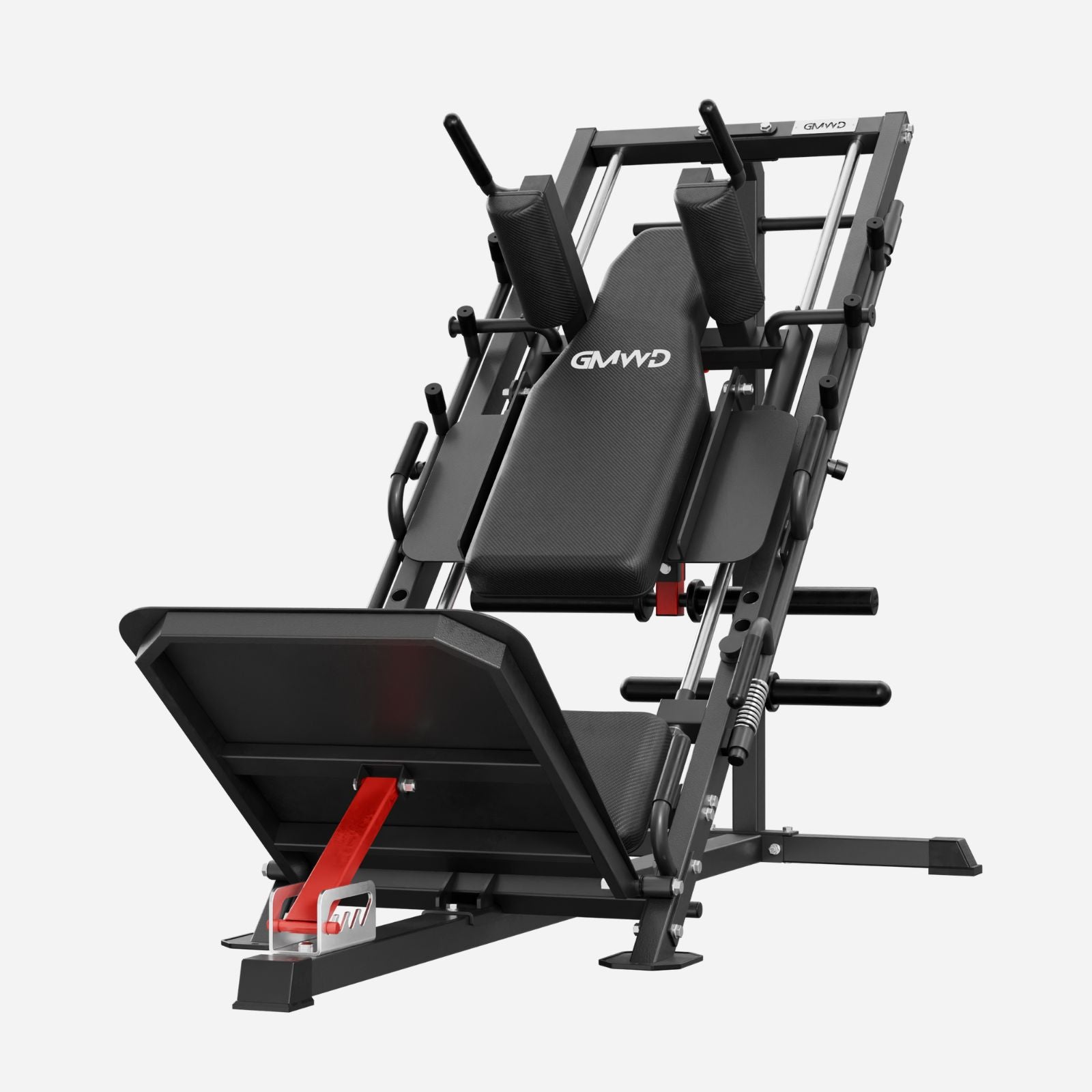
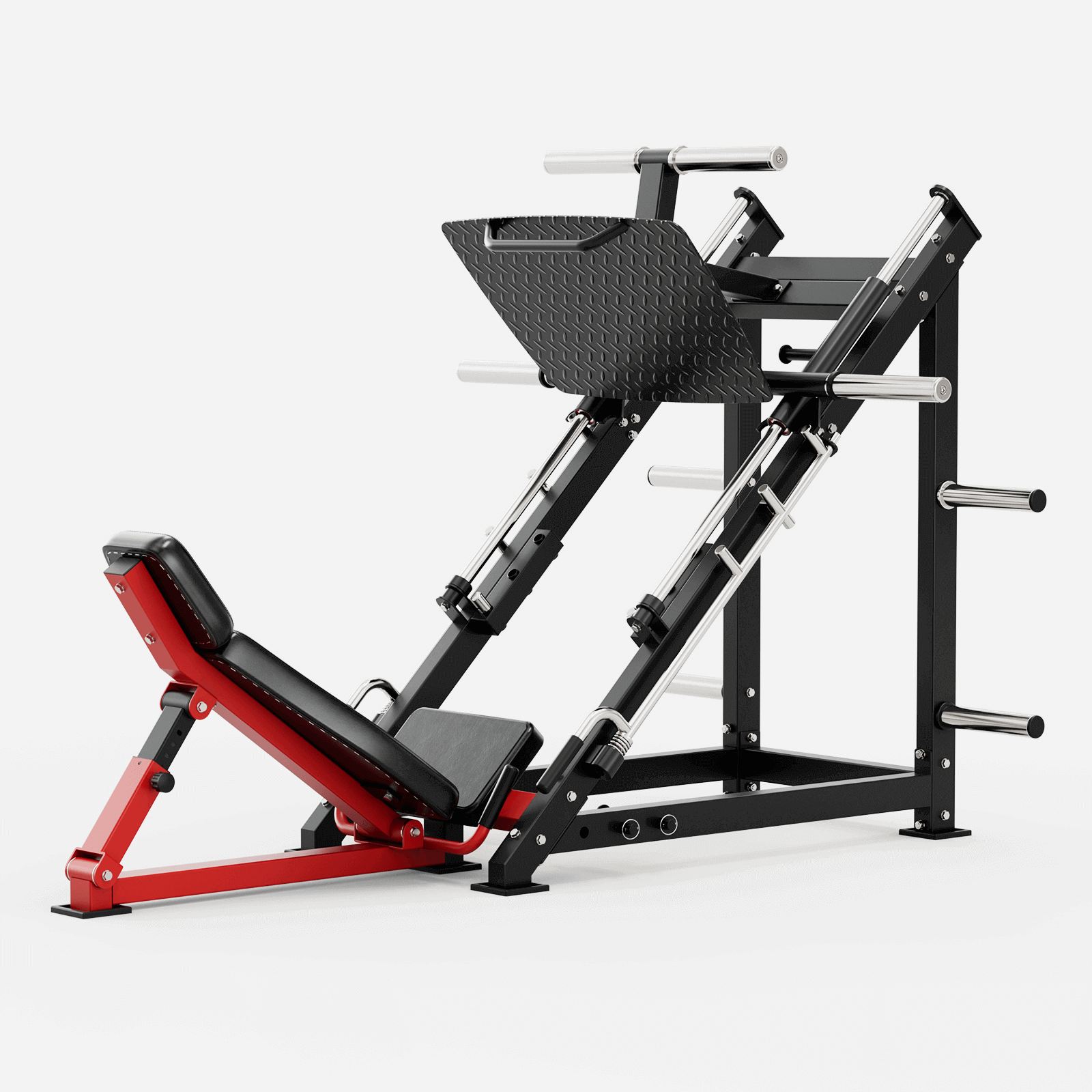
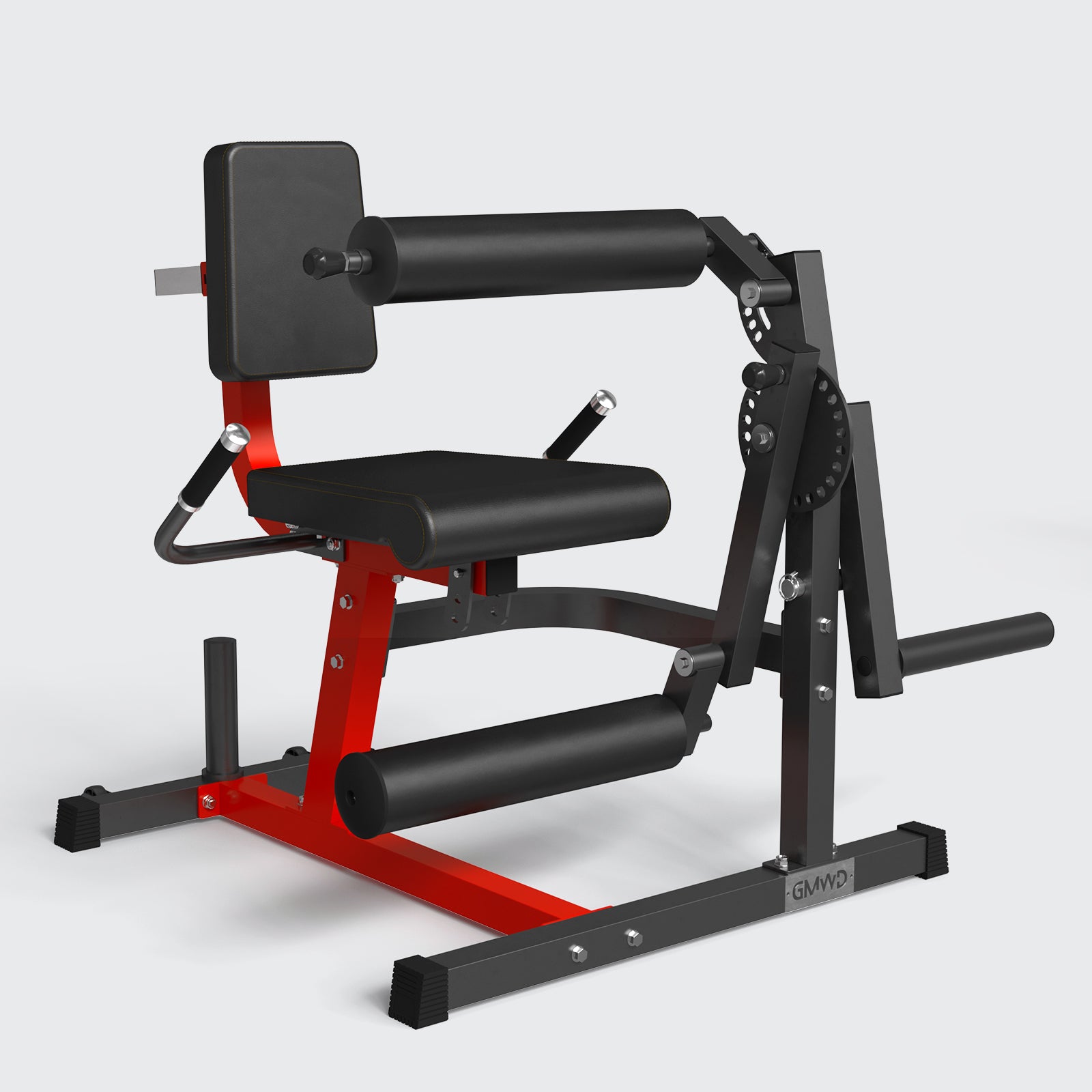
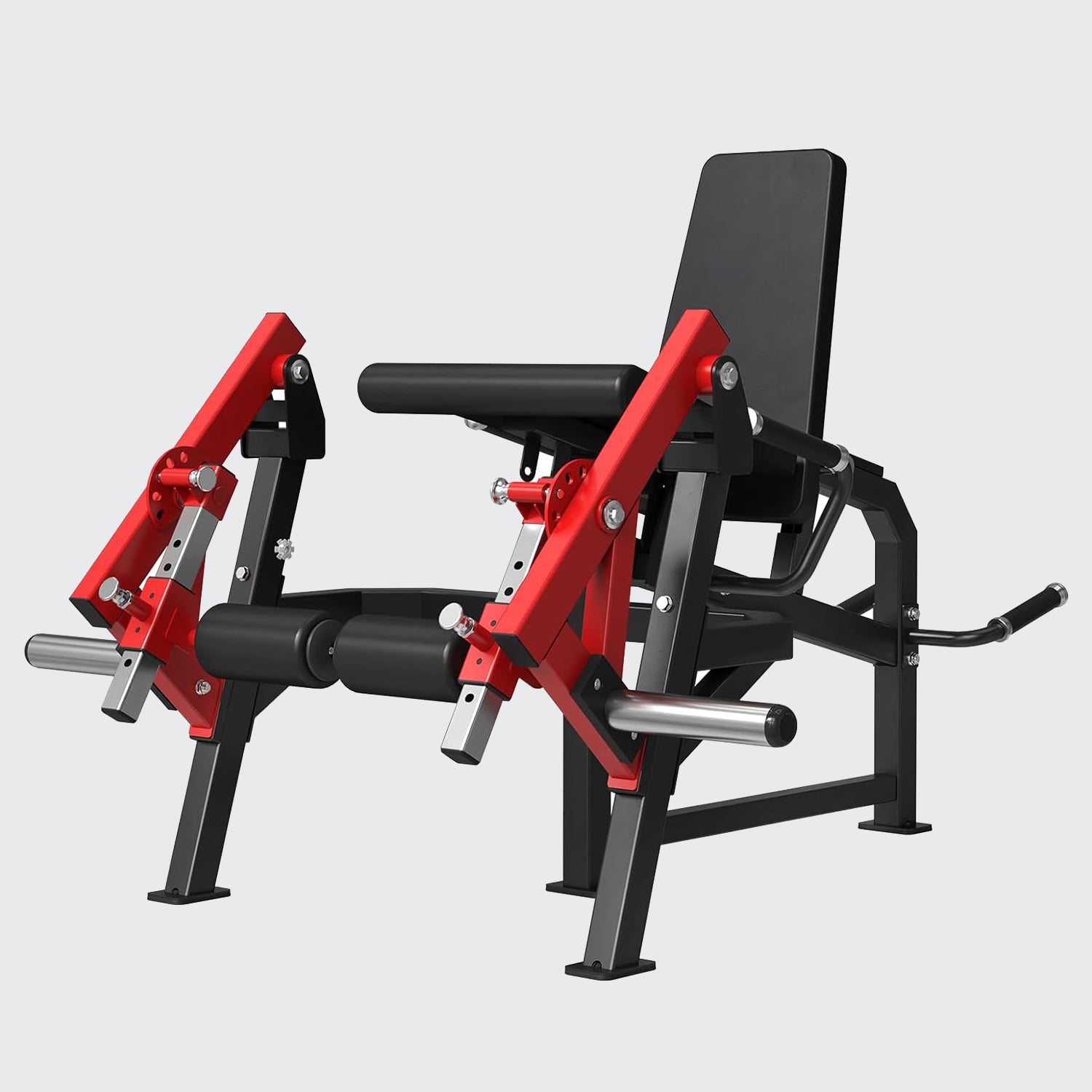
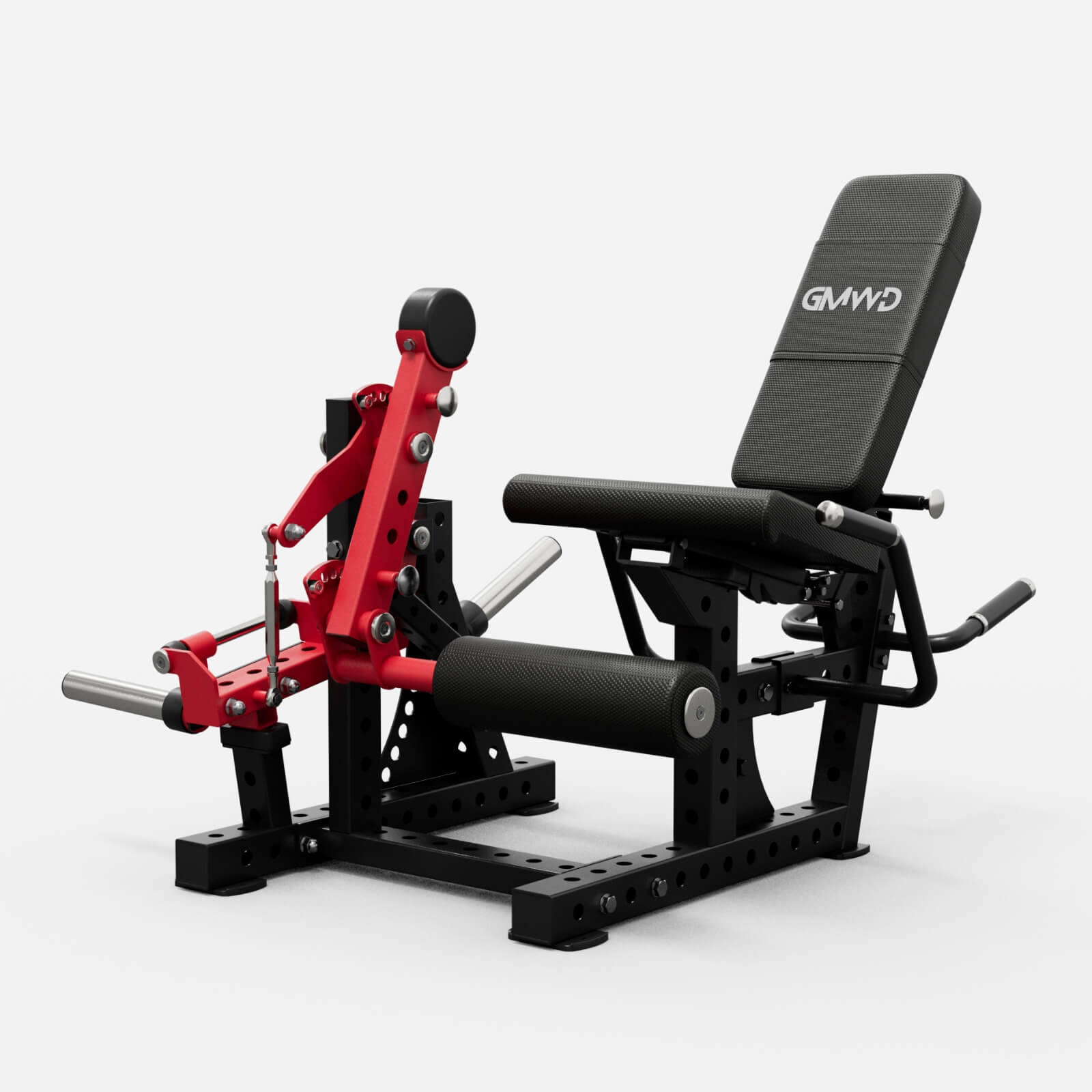
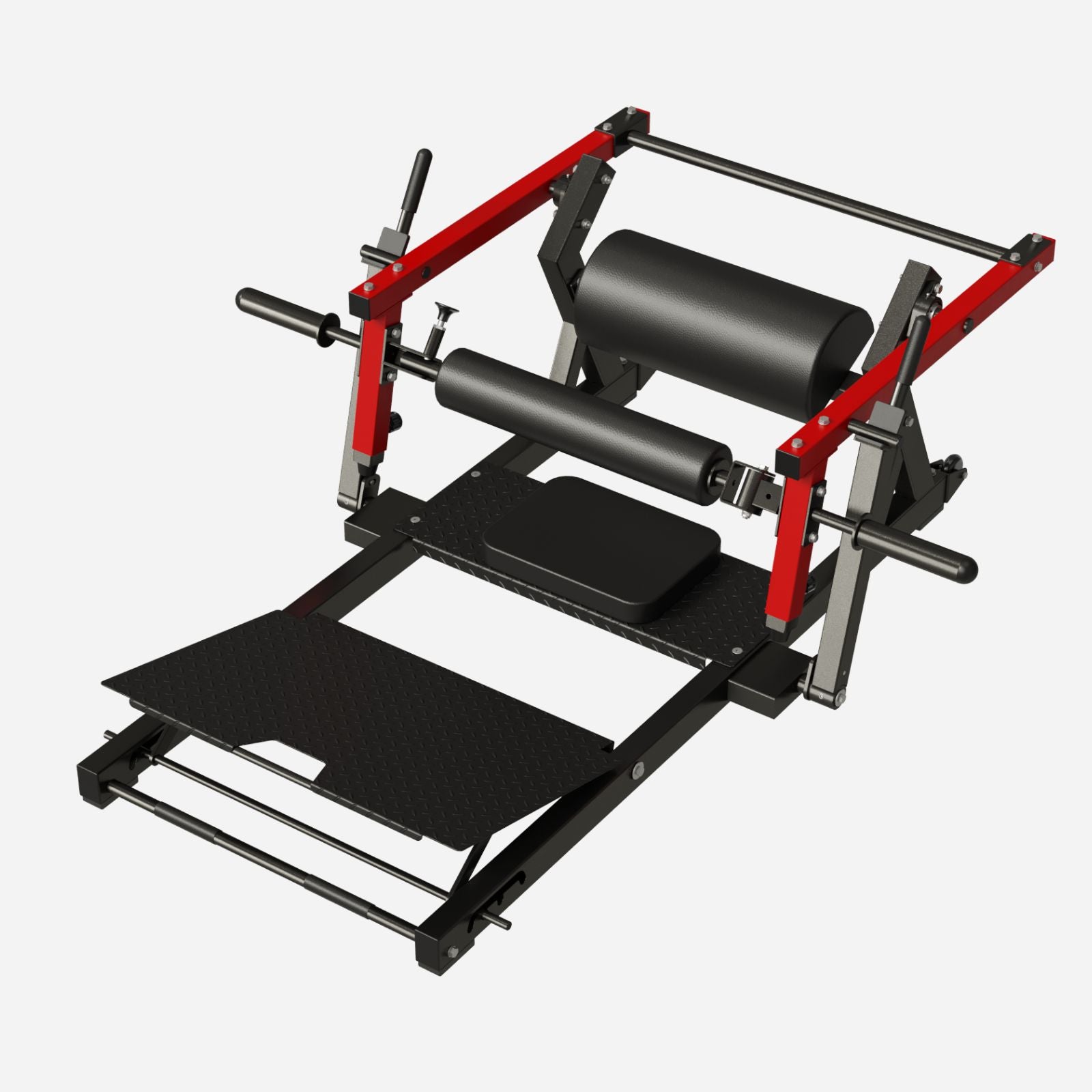

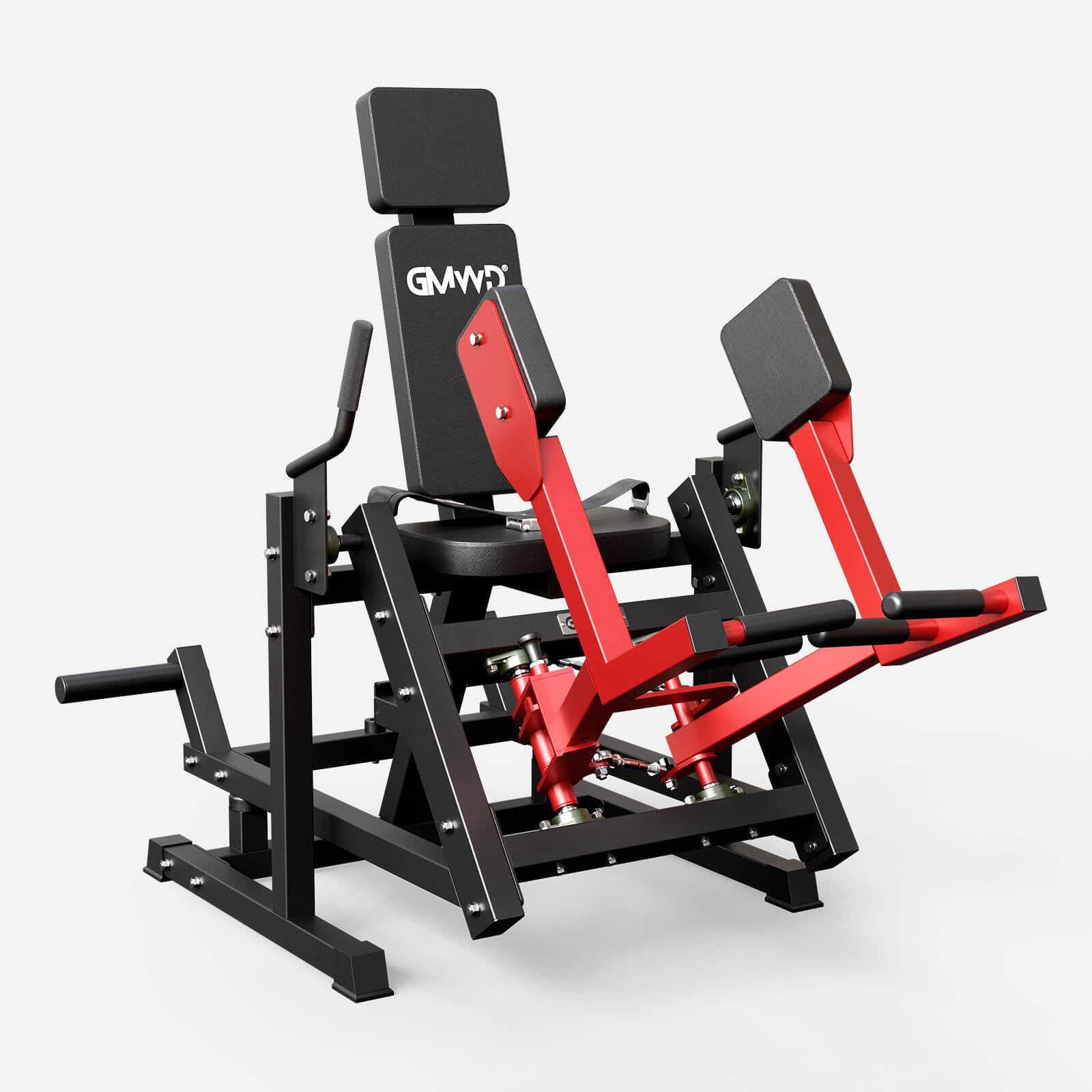
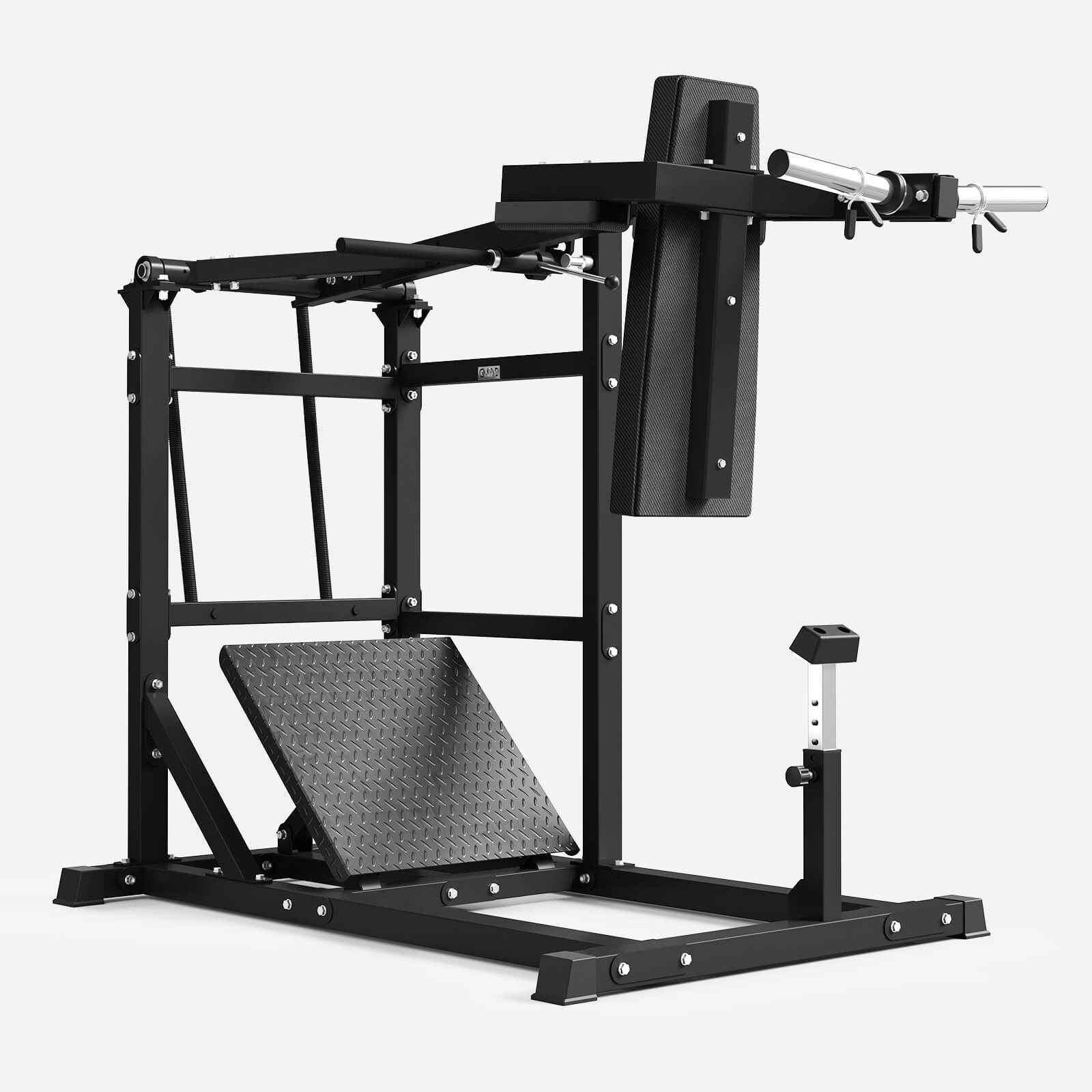
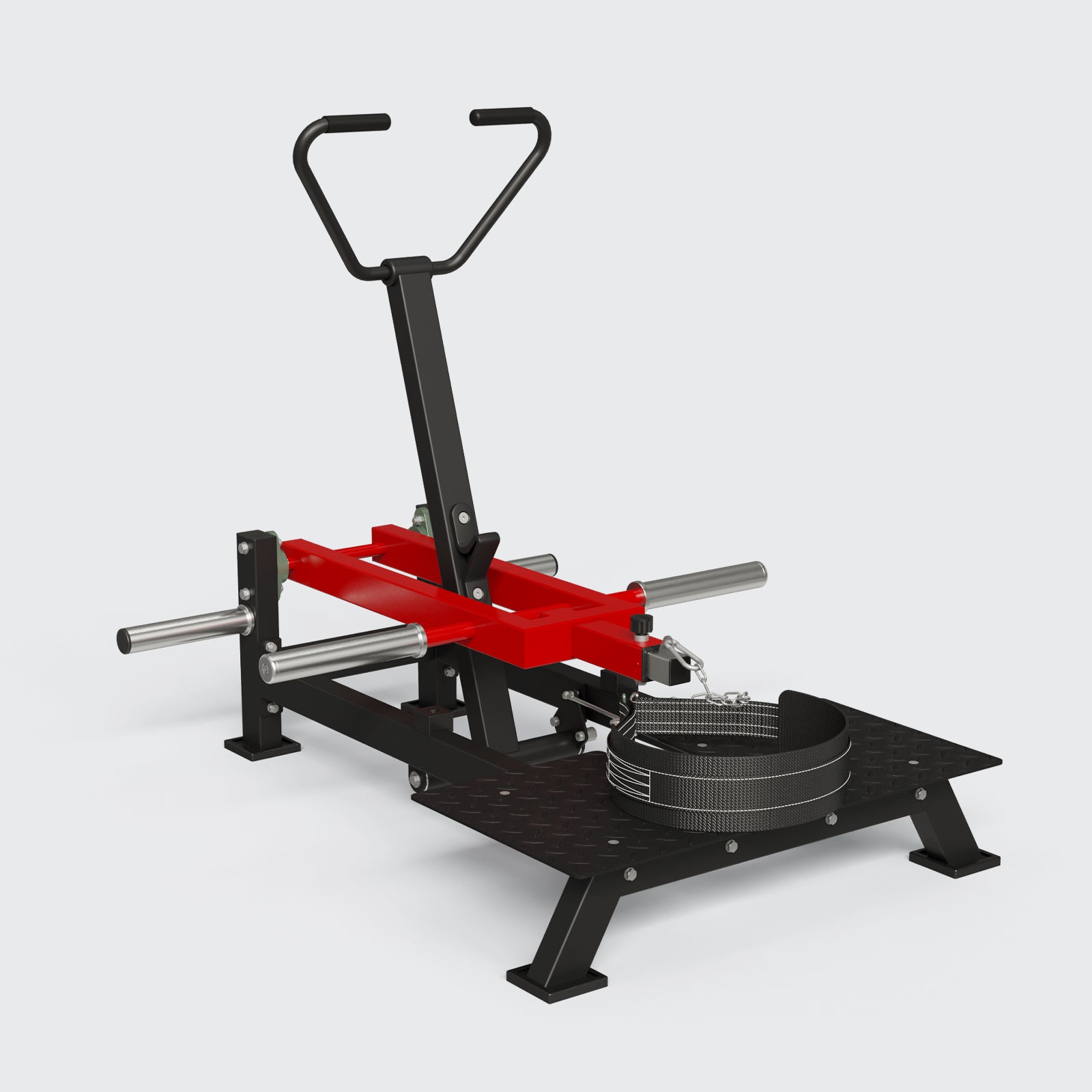
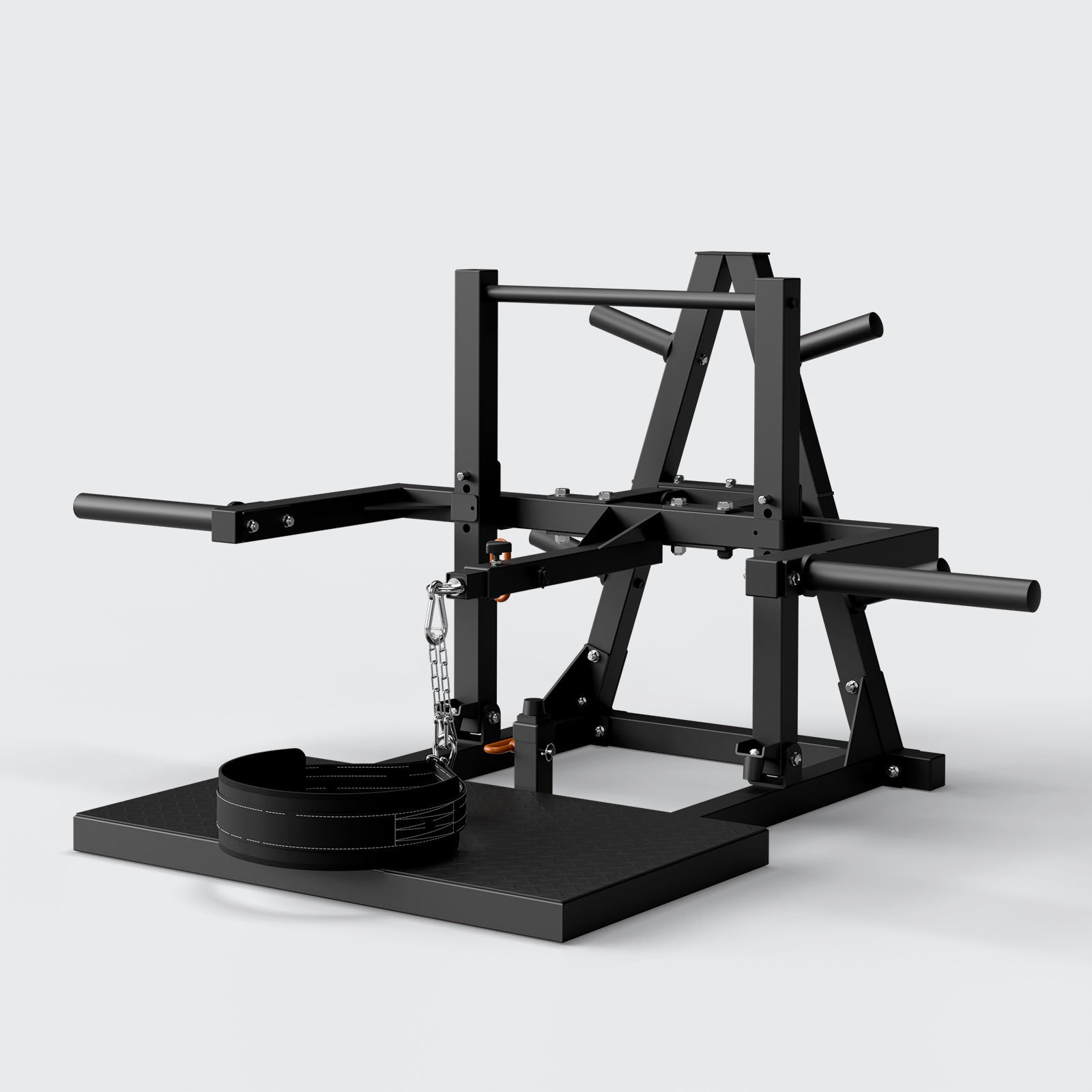

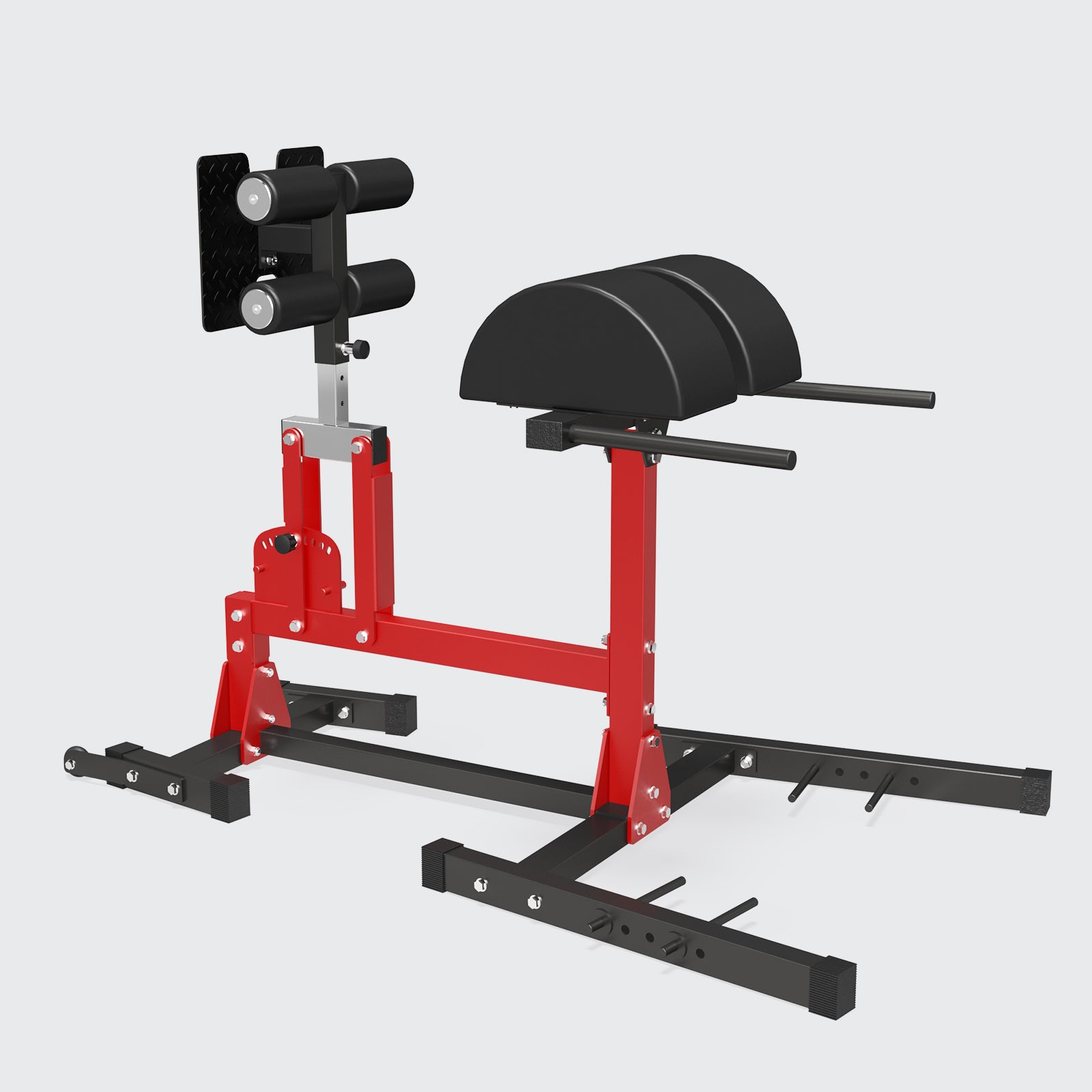
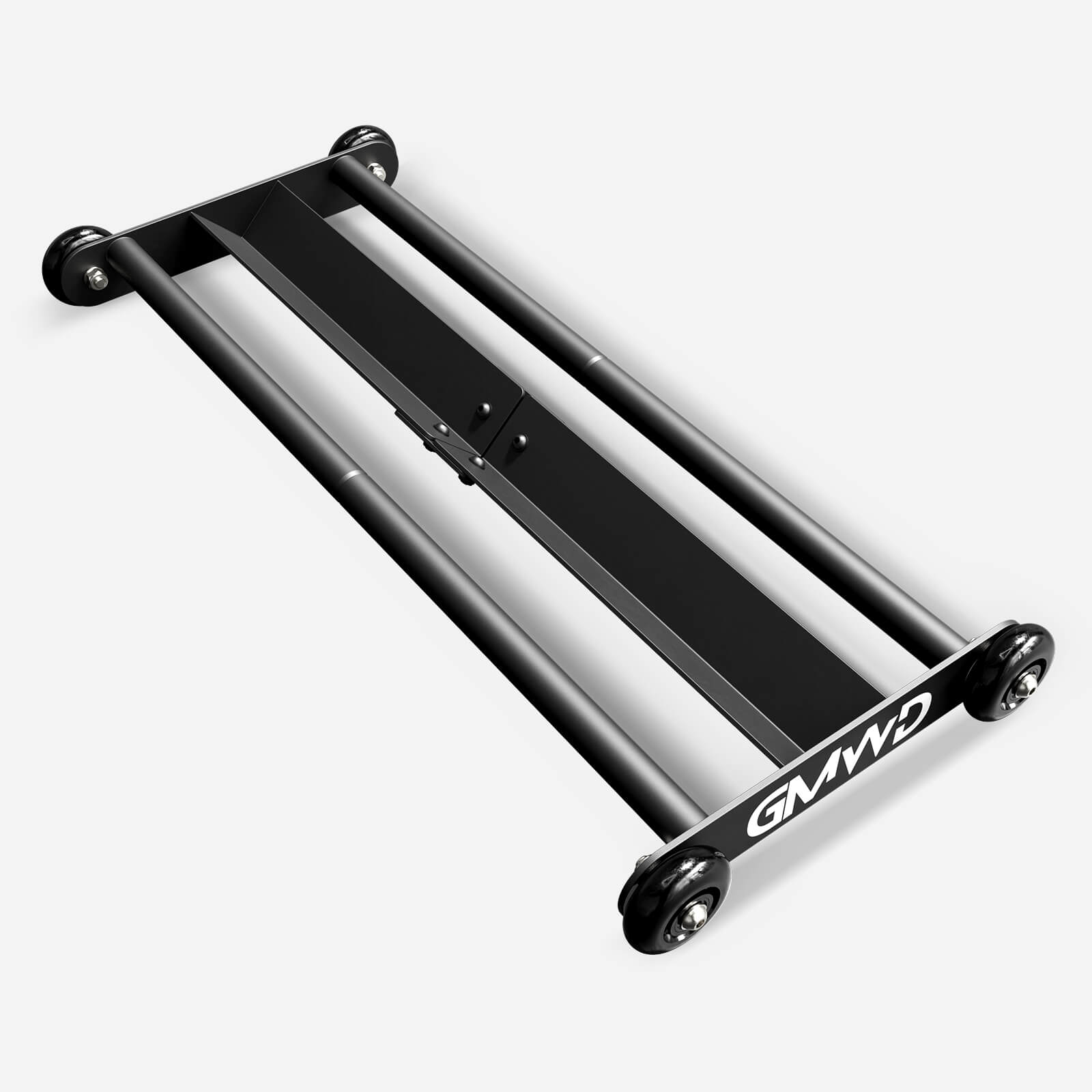
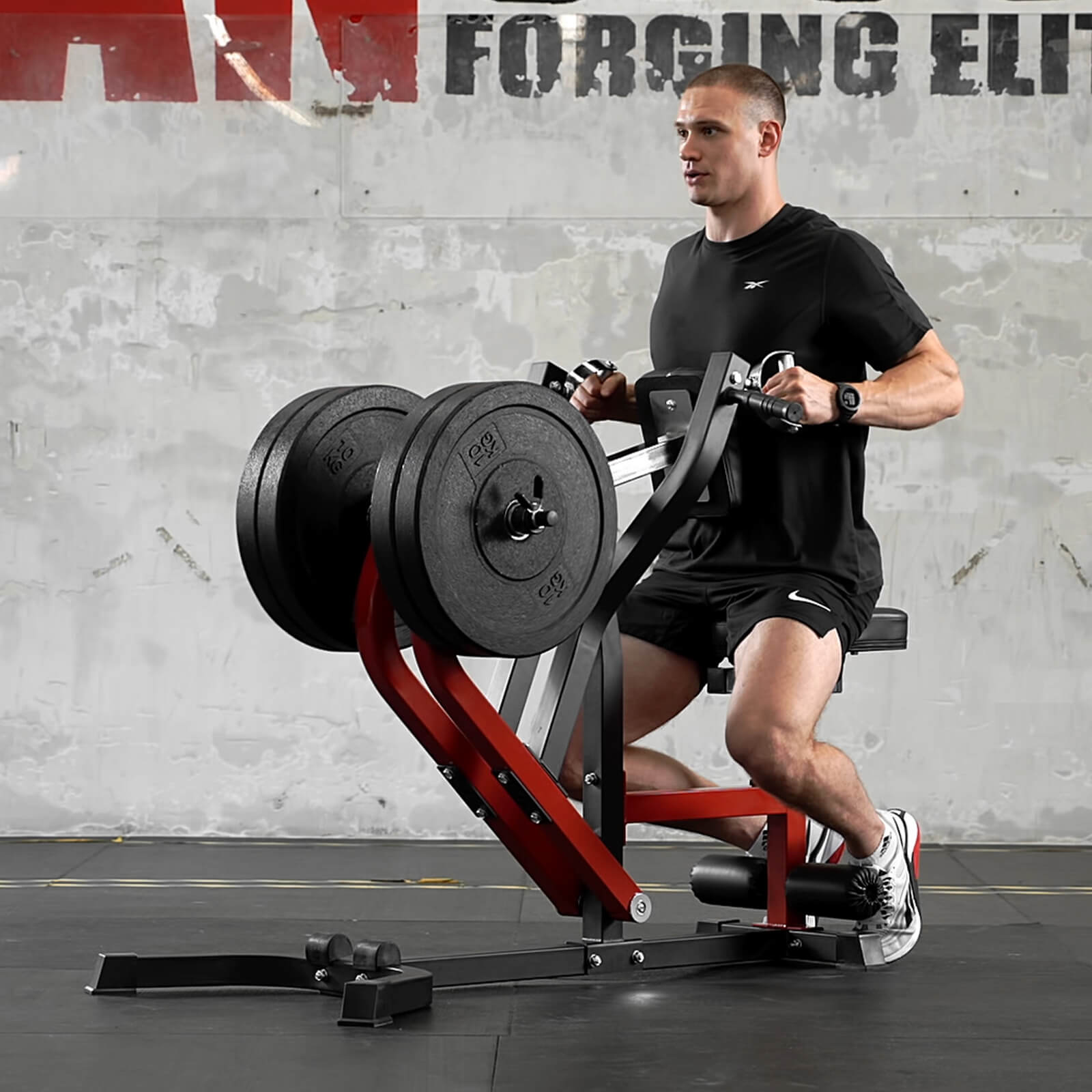
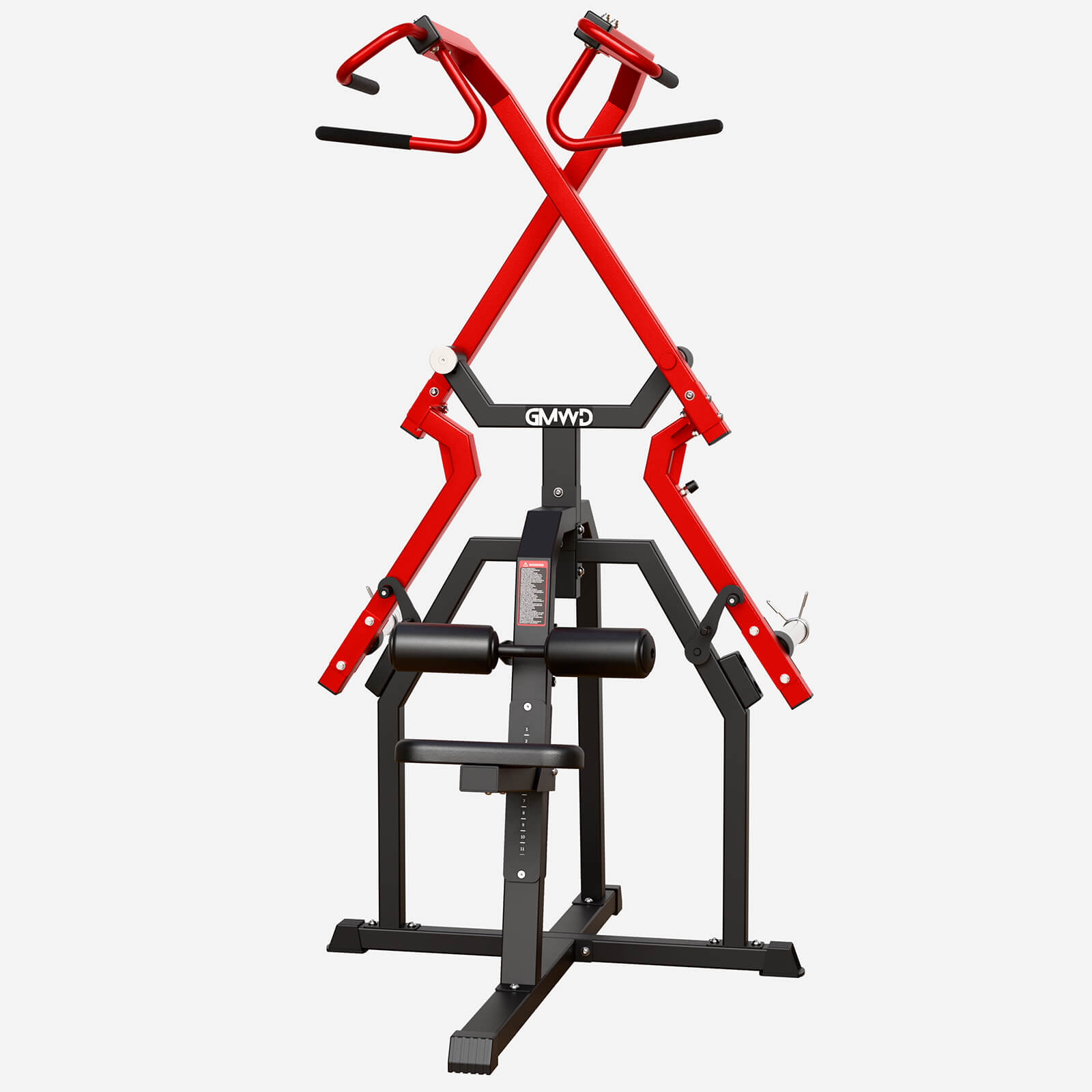
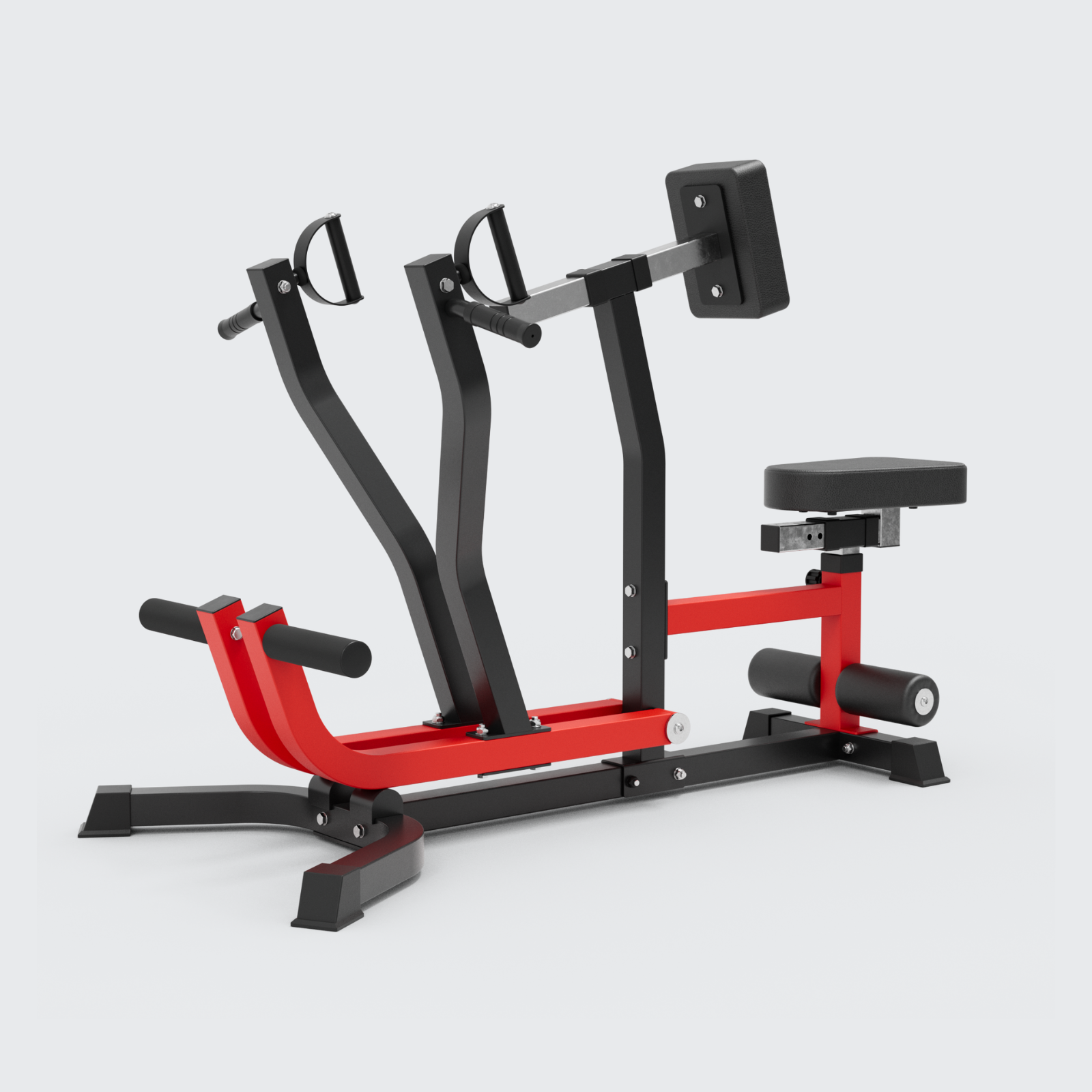
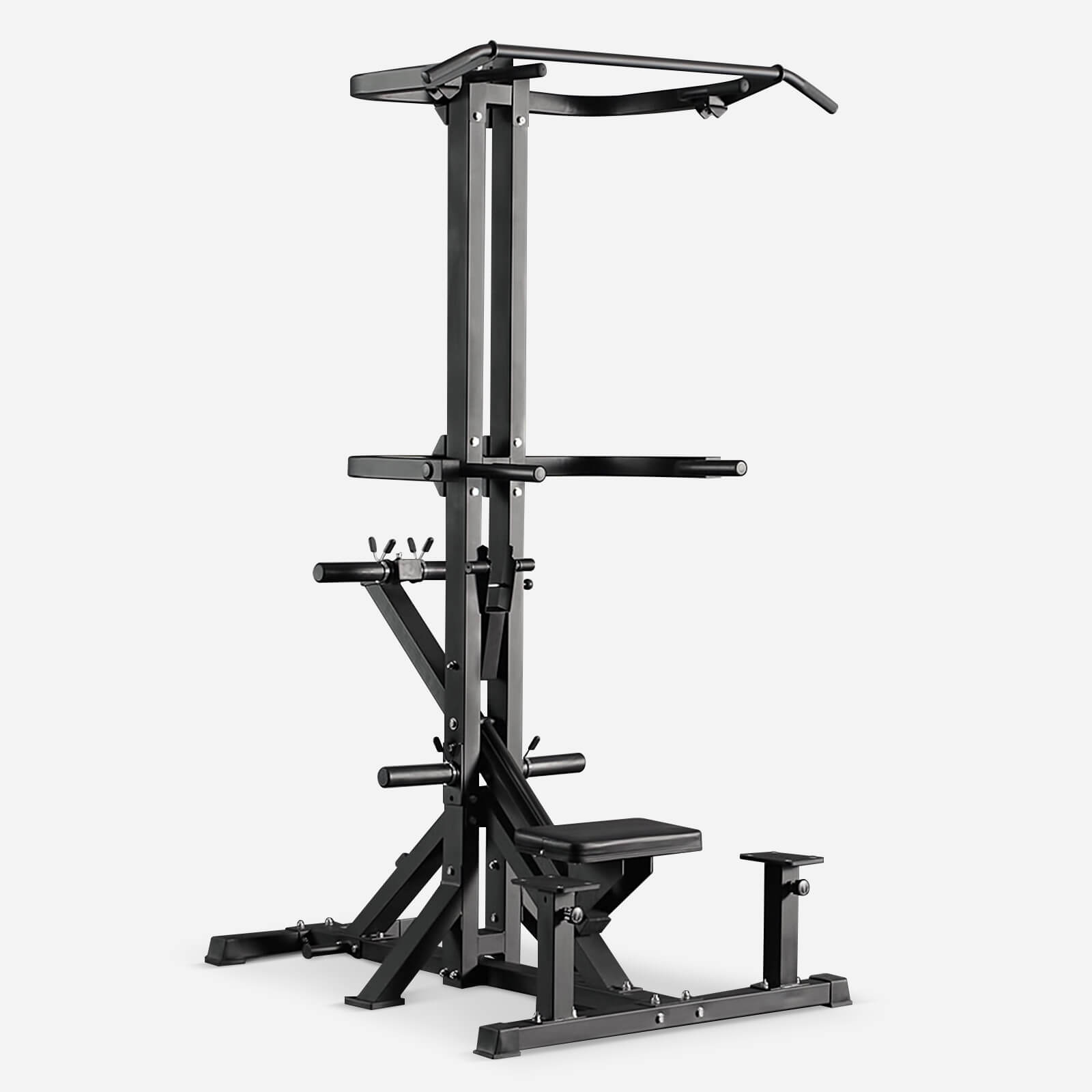
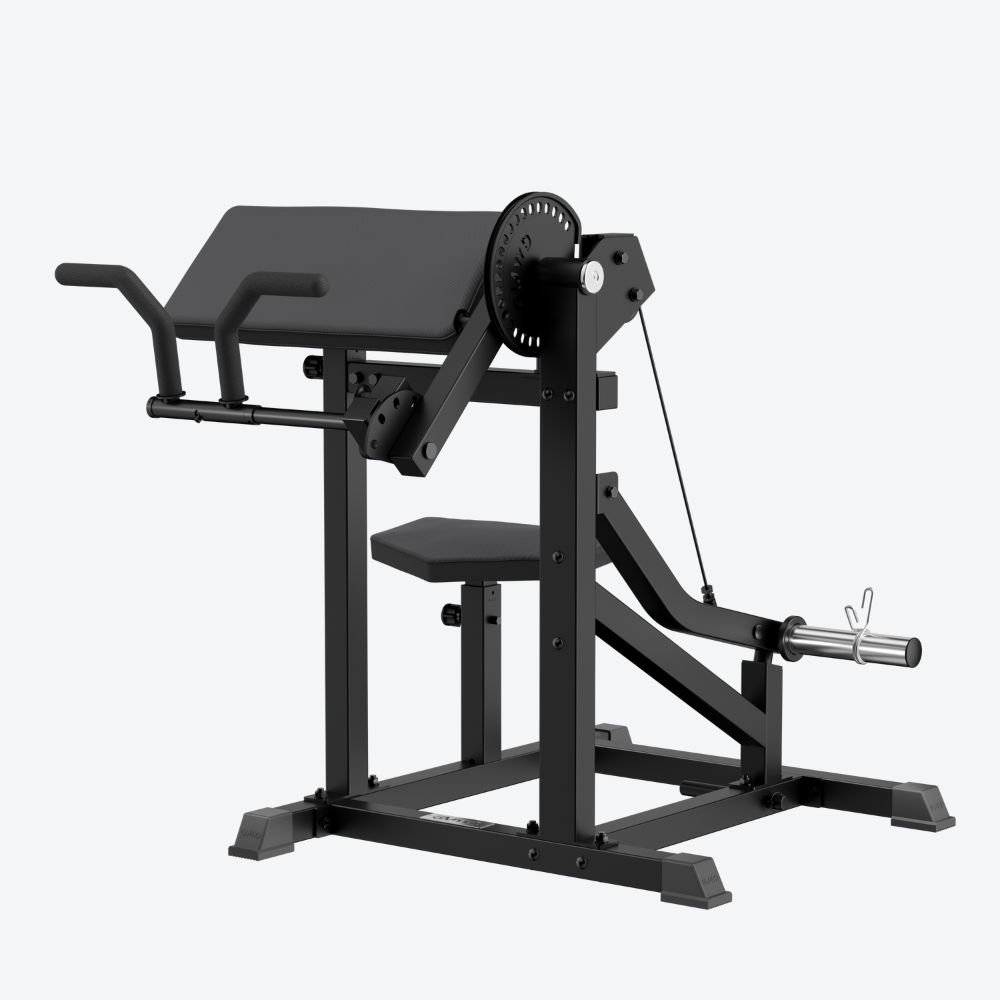
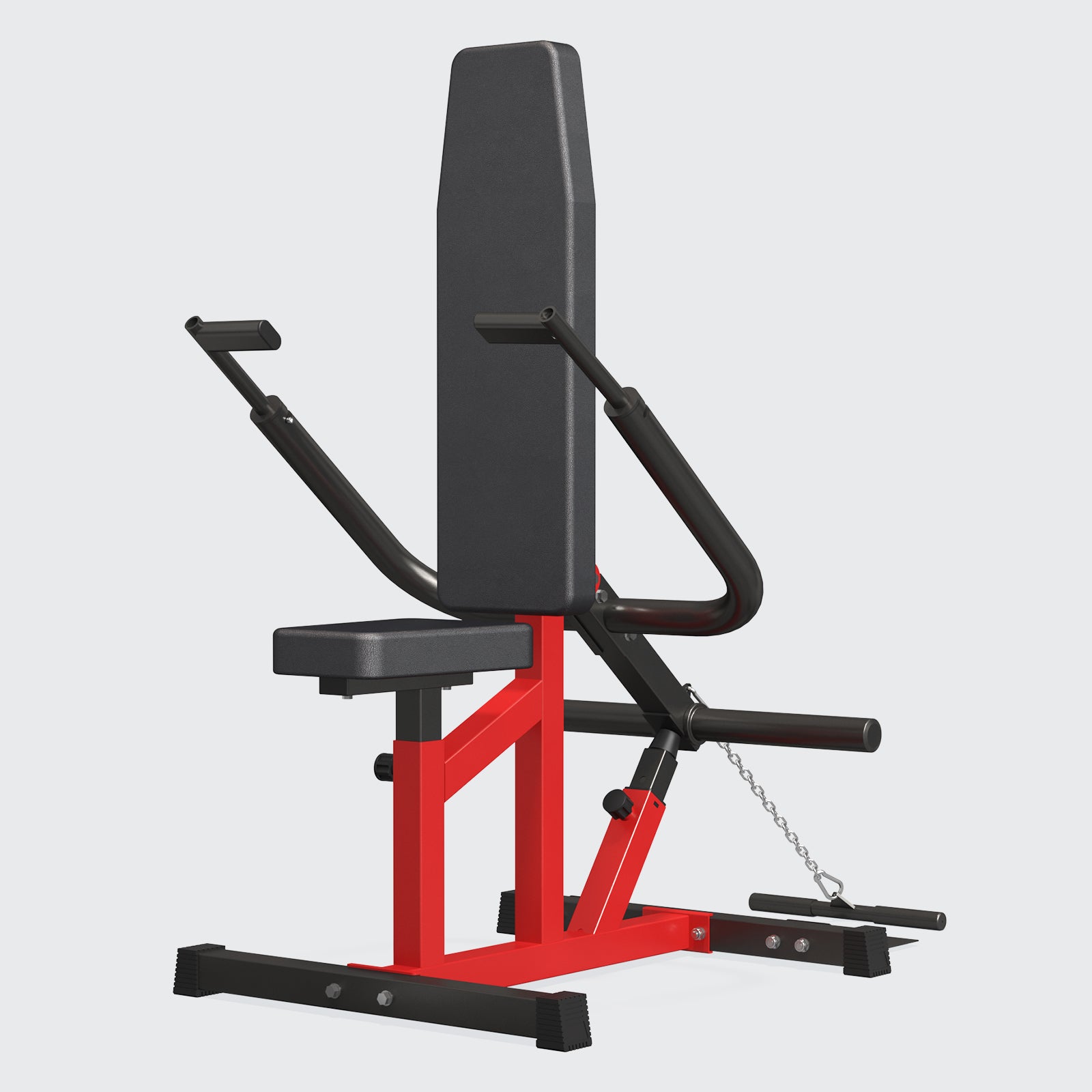
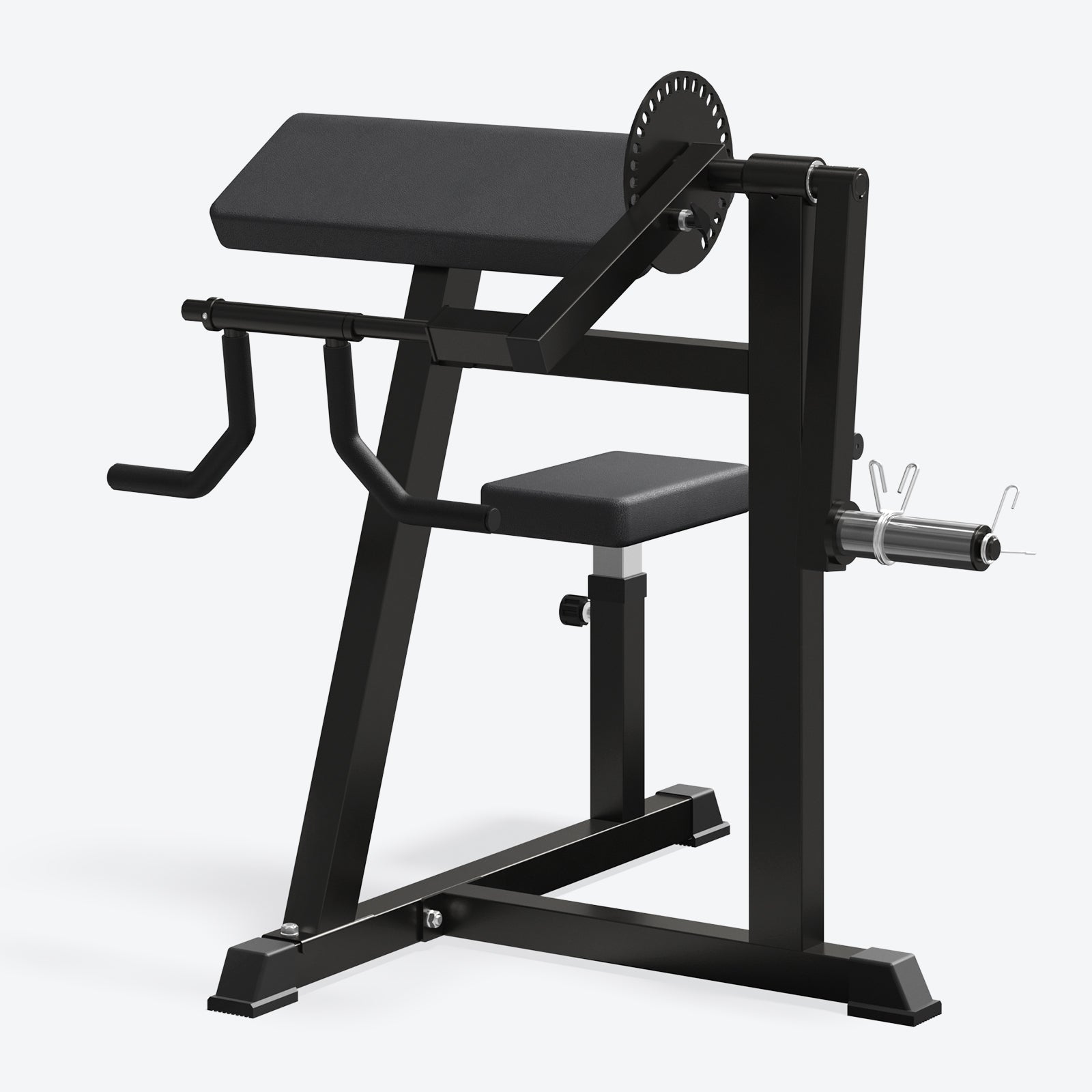
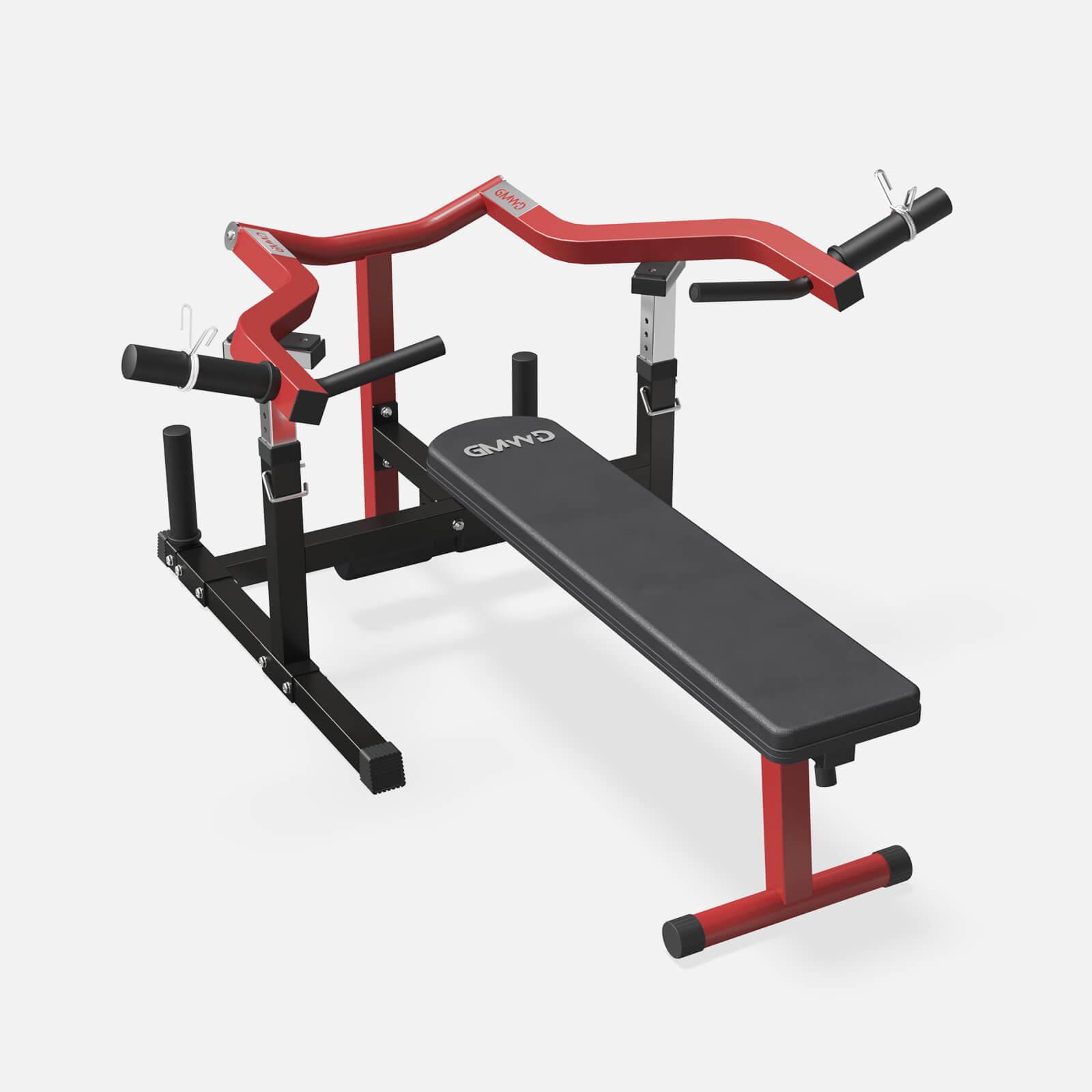
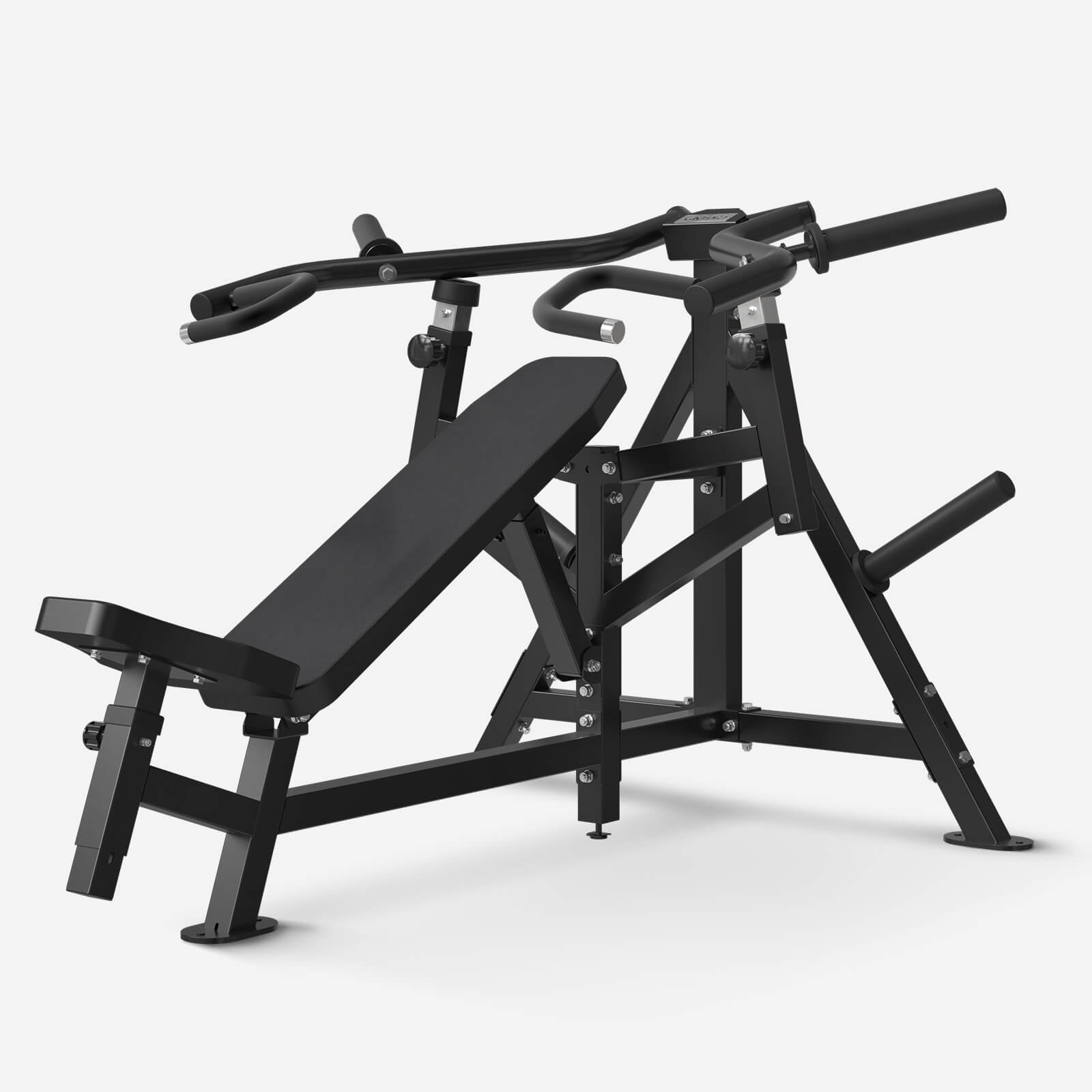
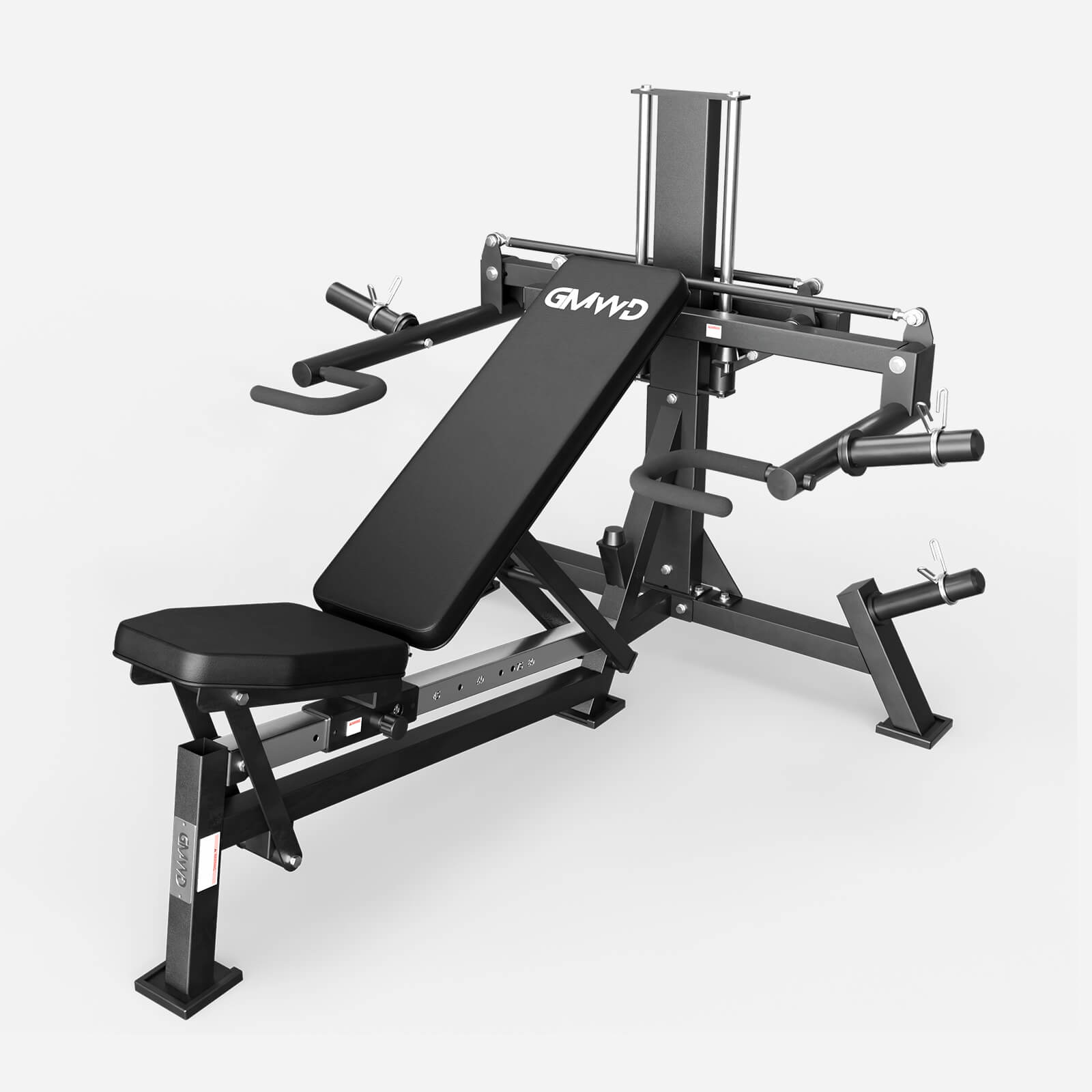
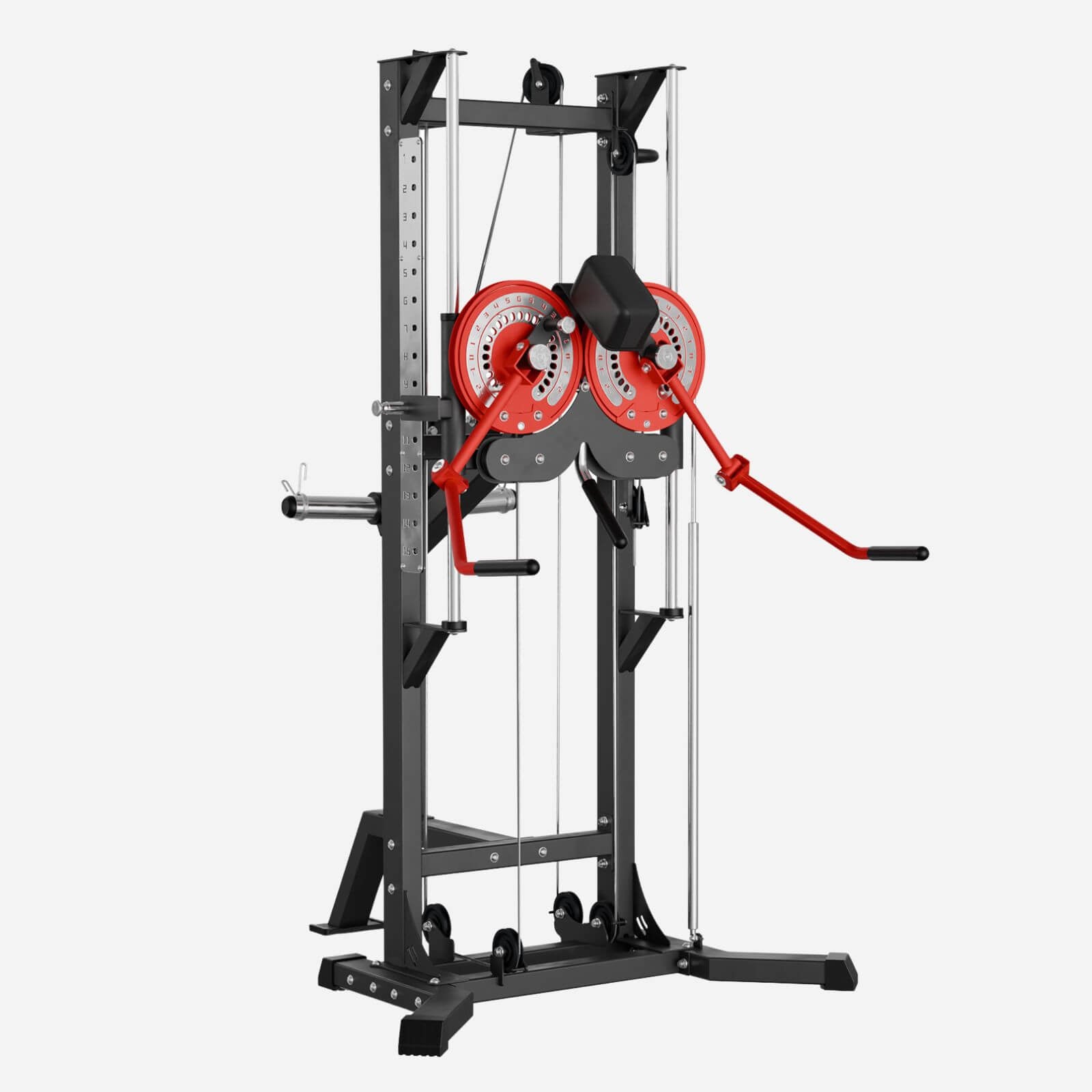
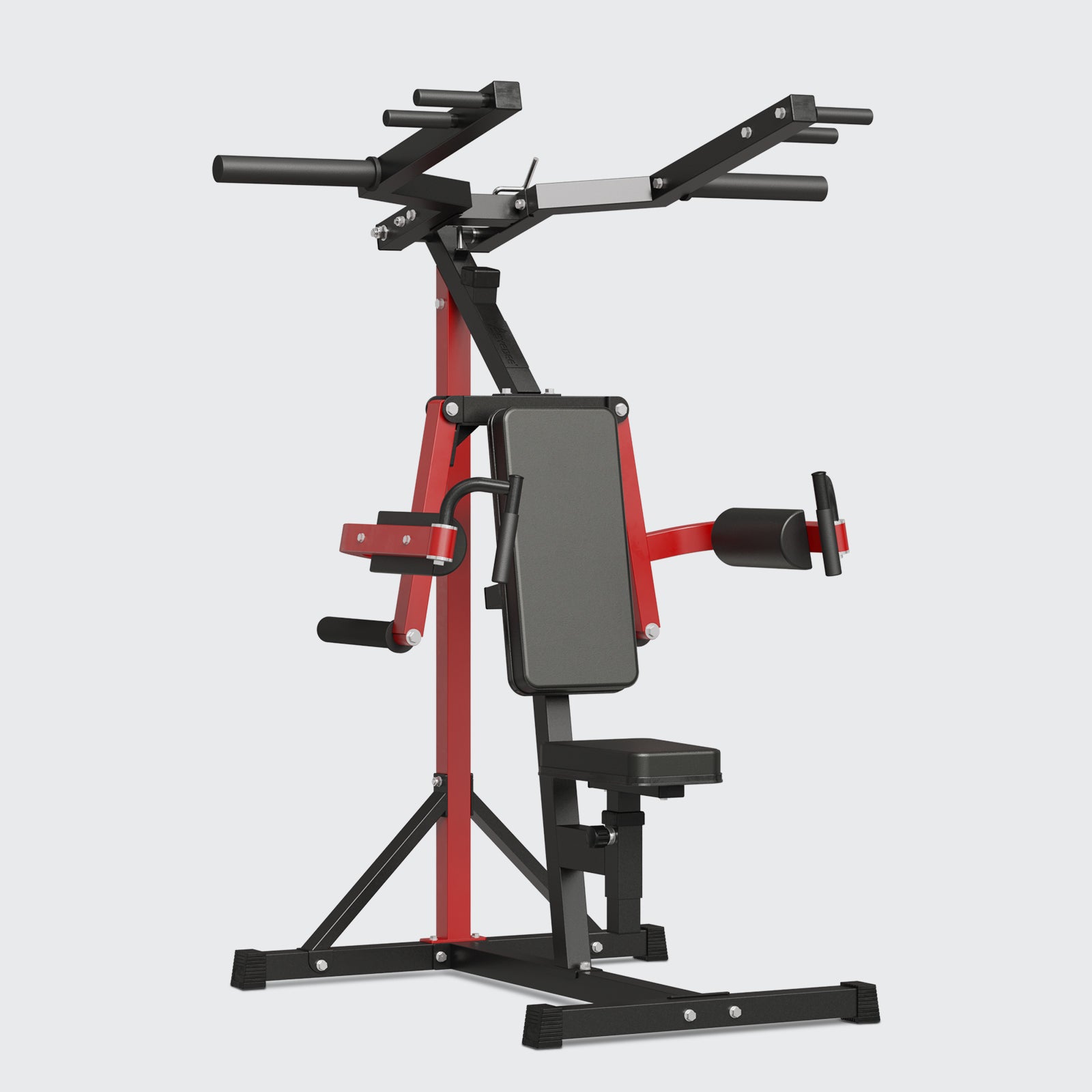
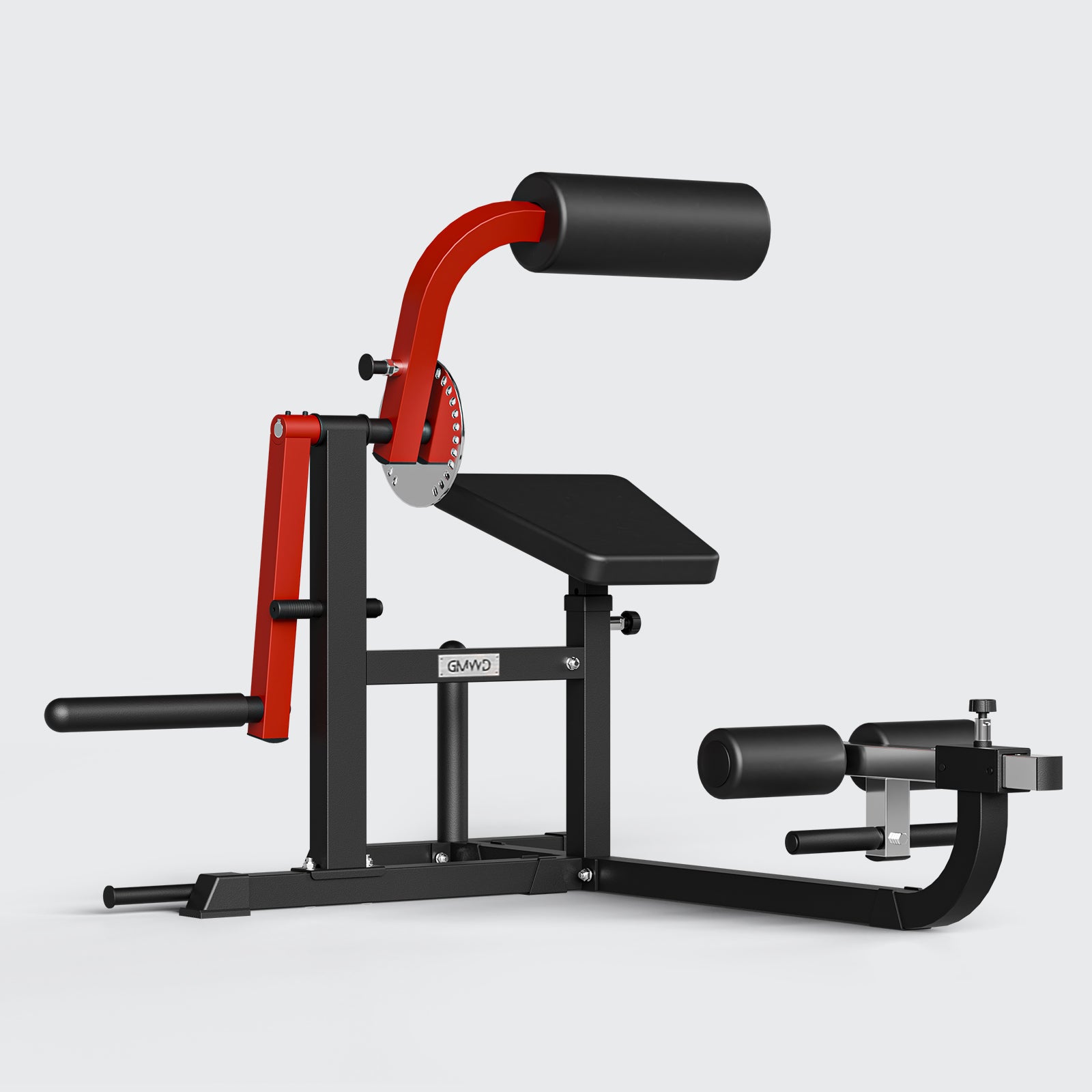
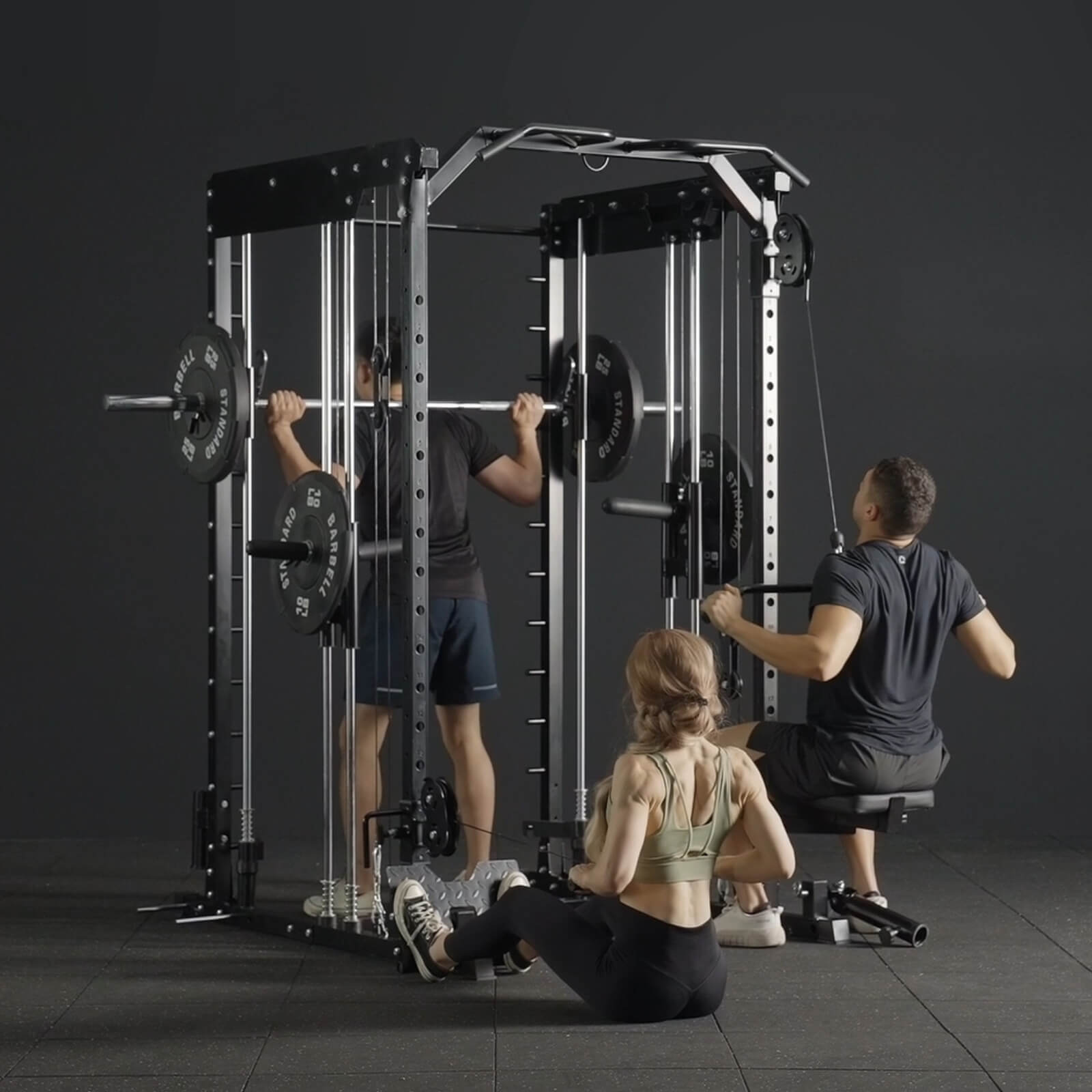
Leave a comment
All comments are moderated before being published.
This site is protected by hCaptcha and the hCaptcha Privacy Policy and Terms of Service apply.